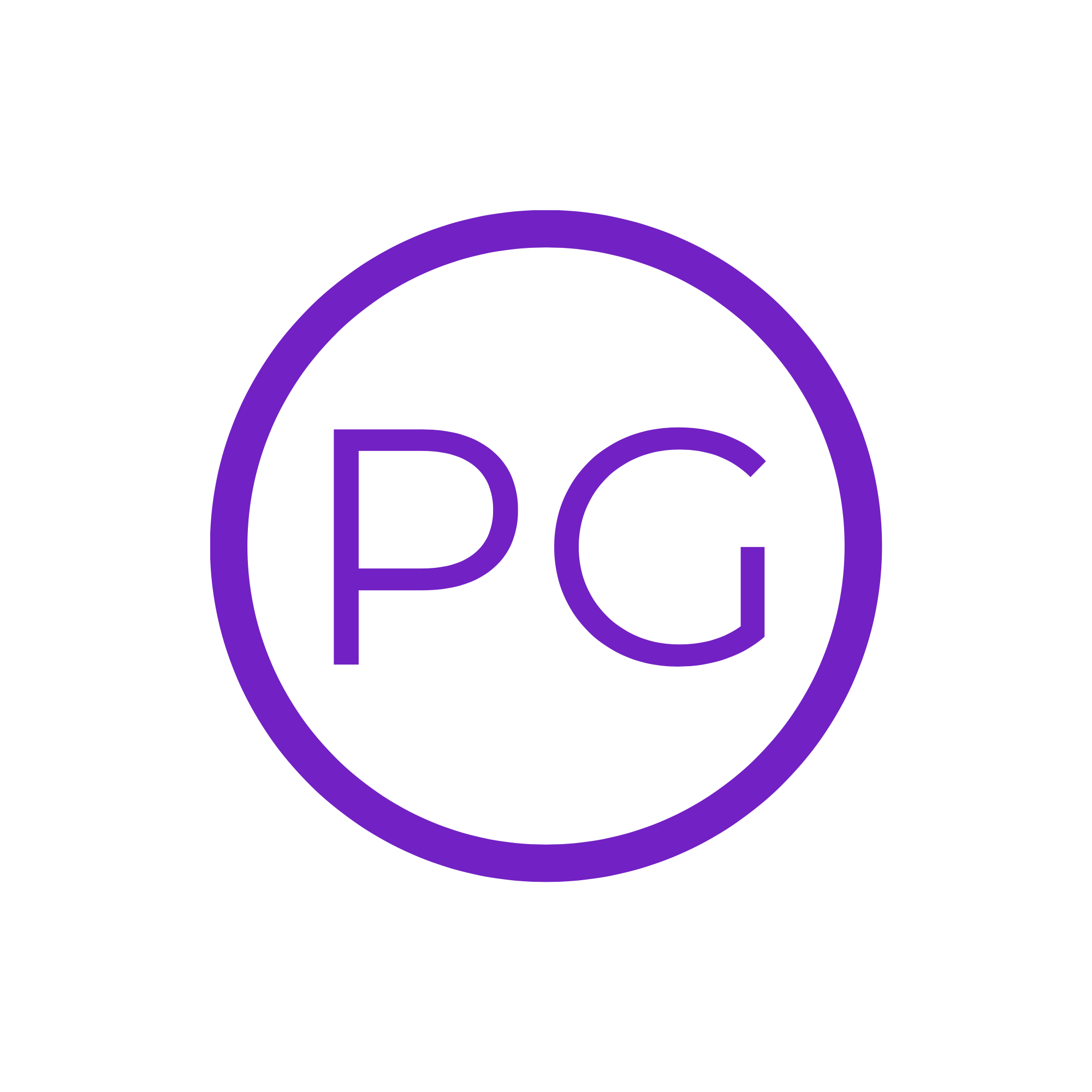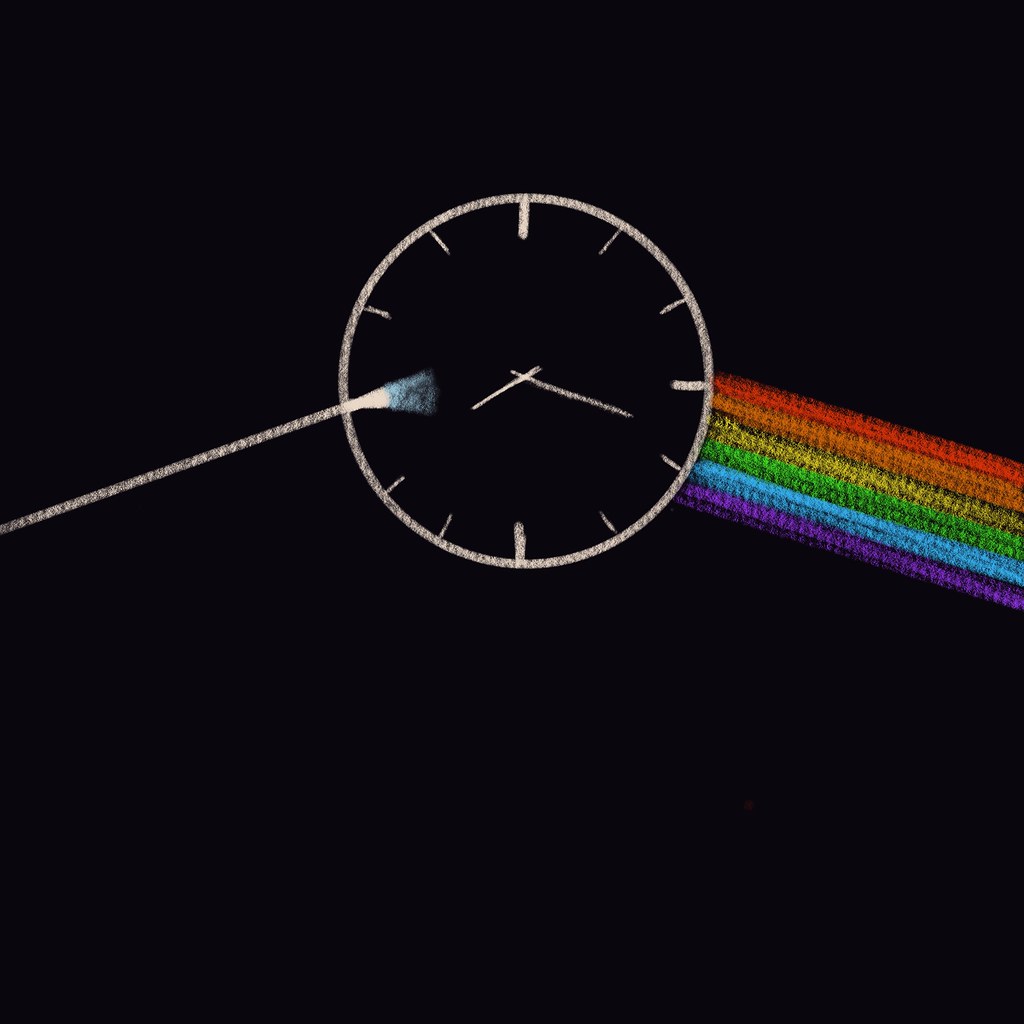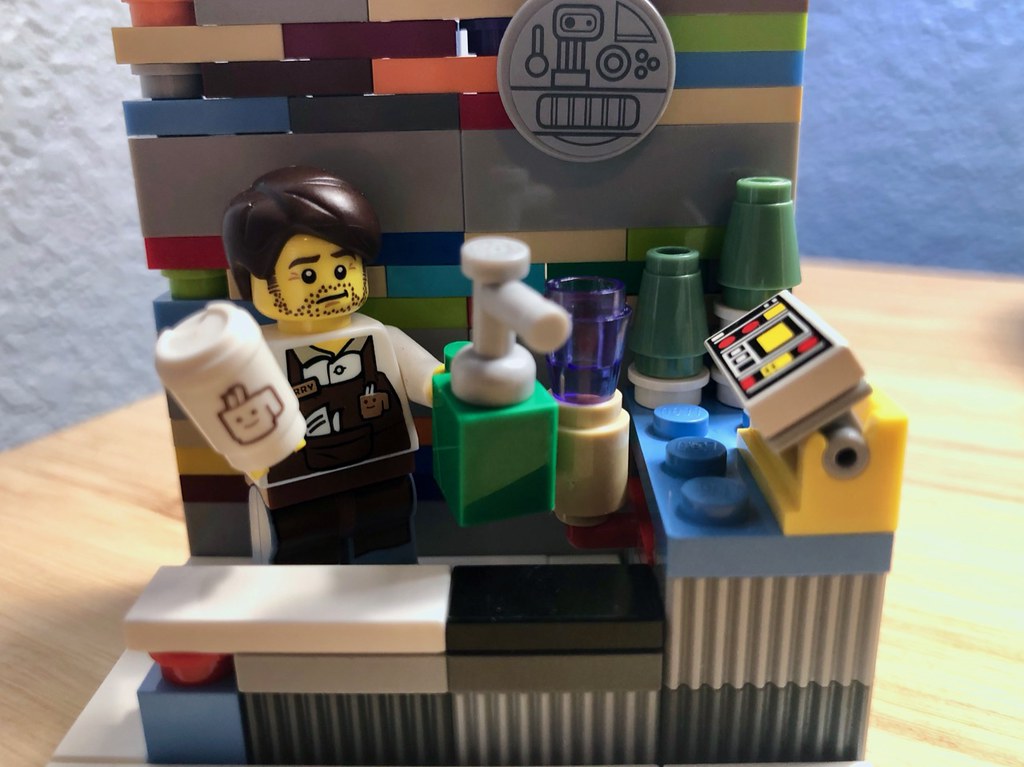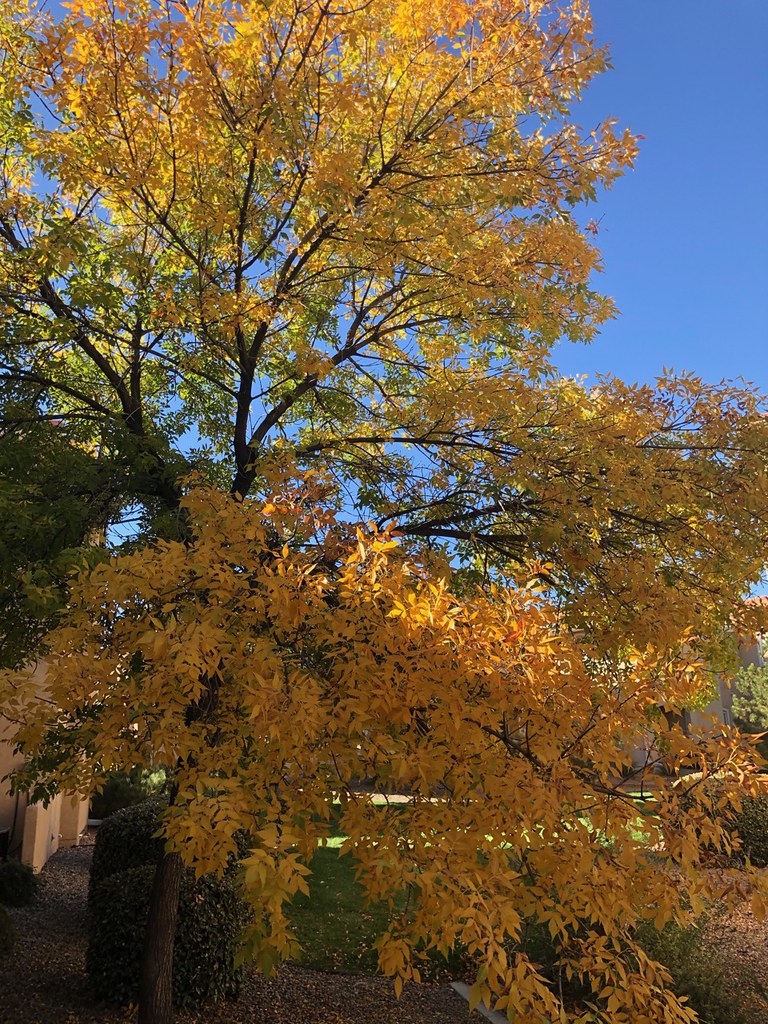I started out this post with a sentence I didn’t expect to: I wrote I’ve been a user of Goodreads for many years now. I didn’t say “I’ve been using,” or even “I use”. Goodreads, of course, is a service which ostensibly acts as a social network for people who enjoy reading, and for many years, I think it served that purpose for me. Of course, like so much in the digital age, I started out using a different service, called Shelfari, which was eventually bought by Amazon. Amazon did what monopolies love to do and bought Goodreads later too, eventually merging the older acquisition Shelfari into the newer Goodreads.
I’ve recently learned that there’s unrest in the Goodreads community, largely because the site has been left nearly untouched for years now. It’s not too hard, given what we’ve learned about big tech companies, to see why. For Amazon, the real benefit for owning Goodreads has almost nothing to do with users, and likely everything to do with all the data those users generate. I’ve started to think of it this way: I think I use a service to keep track of something, in this case my reading habits over the years. The company in question uses that services for something else: to turn something I thought was tangible into a data point and turn and directly advertise to me in increasingly specific ways. Here’s some books from your “want to read” list that are suddenly on sale, one email says. People who liked this book also bought this other book, says another.
For Amazon, owning Goodreads mean they can access all that information and tie it directly to your Amazon account, giving them yet another place to directly advertise to you.
For me, my use of Goodreads over the past few years was partly to keep track of what I was reading, and partly to take note of other books I might enjoy. I also liked its annual goals feature, which encourages you to set a goal to read a certain number of books each year, and offers a convenient way to track your progress. Every single Goodreads email I receive gets promptly deleted, since it’s mostly a daily reminder of what friends are reading on the site, and how I have the same two books listed as ‘in progress’. Logging into the site recently, I was promptly met with a note that I was behind on my reading goal, and that I should catch up. I’m not behind, it turns out, I just hadn’t bothered with the chore that updating Goodreads has become.
Ultimately, I use this very digital tool in a very analog way. If I happen to read on my Kindle, I never allow it track my progress there. It takes the enjoyment out of the process of reading, and it makes it yet another thing to track and gamify. Sometimes that’s fun! See my enjoyment of annual book challenges above. But at the end of the day, it’s actual work for me to update, and Amazon gets to reap the rewards.
In learning about the unrest among Goodreads users, I’ve also learned about a new service called The Storygraph. It’s an interesting concept, but ultimately its faith in an algorithm takes away the best part of books to begin with: the human connection. The books I’ve most enjoyed reading have come from either people I know, or references within other books that made me want to explore further.
It’s clearer than ever that nearly everything we use online can be reduced into data. If we let it, that data will be hoovered in an instant to help and used to try to sell us more, or further track us wherever we go. I love the idea of a social place to share books, but now, I hope we collectively push back. Let’s use journals, digital or analog, to track lists privately. Let’s write and make videos about books like my friend Ashley. Let’s connect the dots between books in interesting ways like Austin Kleon, or keep a whole page of our websites dedicated to what we read like Patrick Rhone. Let’s go to local bookstores and get recommendations from people we meet there, or from staff who have all sorts of interests and reading backgrounds. If you want to go social, micro.blog has an interesting way to view books people are talking about within the community.
Personal websites and blogs are the most analog forms of the Internet we have left. They’re the places we can go which we can decide what they look like, what we feature, what we want to give our attention. They’re random and weird and interesting, and they’re the best place we have on the Internet to keep things that way.
For the algorithm, users are the tool to achieve their end. The more you use (input), the “better” it gets at its job. Its job, though, is to keep you there and keep your attention and keep you buying. It doesn’t care what connection you made, philosophy you learned, or new idea you had as a result of what you read. But a human will. Whether that human is someone you know, or someone whose site you read and you send an email, a sense of shared experience and humanity can happen. Let’s stop being users and get back to being human.


 While I don’t have any pets currently, I grew up with many, and turtles were among my favorites. We kept them outside in the rose garden, where they loved to eat bugs and some fruit, and they’d burrow every winter to hibernate and reemerge in the spring.
While I don’t have any pets currently, I grew up with many, and turtles were among my favorites. We kept them outside in the rose garden, where they loved to eat bugs and some fruit, and they’d burrow every winter to hibernate and reemerge in the spring.




